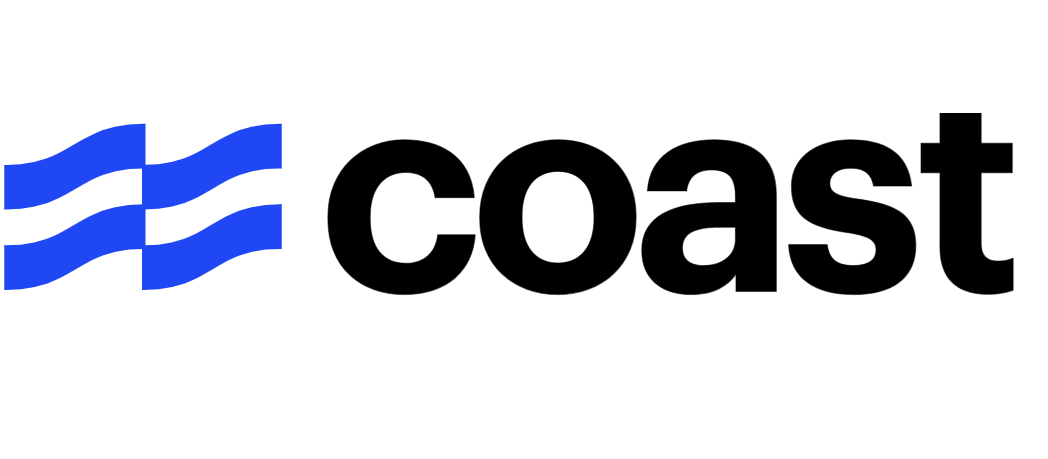Coast Credit Card Application CaseStudy

Situation
A payment processing company routinely processes an average of 50 service applications each day, with these applications serving as their primary source of inbound leads. The company’s sales team faces considerable difficulties in promptly identifying and following up on these applications. As a consequence, response times to these leads are significantly extended, resulting in a tangible loss of revenue.
Opportunity
The company brought our firm in to evaluate their application intake processes. Upon examination, it became evident that certain operational processes within the startup were inefficient, thereby hindering their scalability. A substantial opportunity surfaced for enhancing the company’s application intake rate, not only in terms of speed but also in accuracy. By optimizing these processes, the company could significantly increase the number of qualified applications processed within the same timeframe, directly influencing and potentially bolstering the company’s financial performance.
Resolution
I proposed a more scalable way to track the Application on a new object and tie it back to the leads and accounts being managed by the sales team.
● If there were existing records, the Application was automatically associated with them.
● If no records existed, once the Application reached a certain milestone, a new lead would be created.
● Ownership was assigned to Sales on a custom Round-Robin solution.
● Upon reaching a later milestone, with approvals delivered from a third-party integration, the lead would be converted, and an Opportunity would be created.
● Notifications of application status were sent to the assigned sales representative along the way.
● Reports and Dashboards about conversion metrics and time-to-response to the application were created for leadership to ensure that no qualified application was left unaddressed.
Results
The organization achieved substantial improvements in response times for new applications. Before implementing the solution, the sales team typically took around 36 hours to respond to a qualified application. However, following the implementation, notifications to the sales team were dispatched within a minute of application approval, with a defined Service Level Agreement (SLA) to respond in less than 4 hours. Over the four months since the commencement of the project, the company’s pipeline grew remarkably, surging by 102% from $36 million to $73 million. This expansion translated into a significant revenue increase of 62%, rising from $9.3 million to $15.1 million during the same period. The newfound ability to swiftly identify the most qualified applications and respond promptly has had a direct and profound impact on the organization’s growth and overall success.
Let's talk about growing your brand.
Explore use cases for your industry
Get strategy and solution information
Learn how to grow your business

